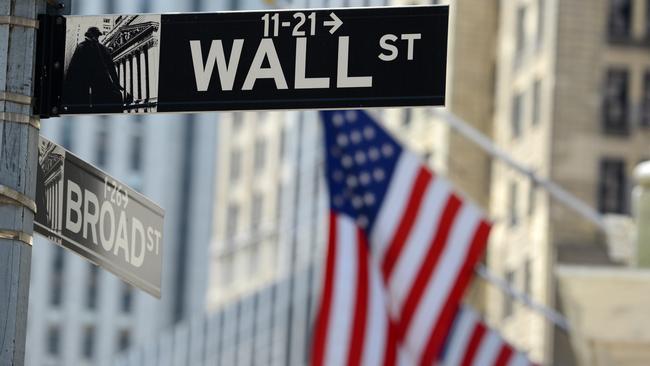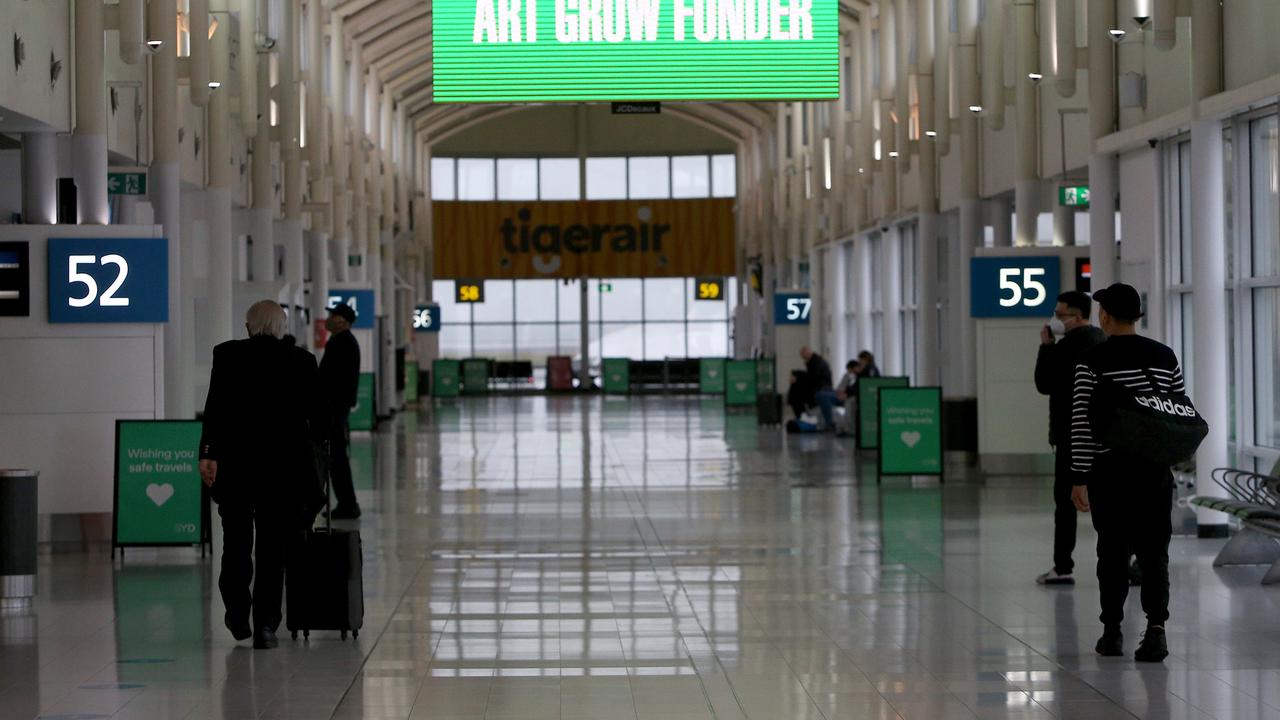After the boom, wait and watch
WE still have to find a post-boom economic dynamic. And take the tough reform decisions to promote it, writes Terry McCrann.

Terry McCrann
Don't miss out on the headlines from Terry McCrann. Followed categories will be added to My News.
ON Wednesday the official GDP figures showed the economy going backwards. Overnight Friday, Wall St climbed to yet another all-time record. Which is the better pointer to what’s in store in 2017?
On balance, I’d say probably Wall St. But with the GDP numbers providing a sombre warning for us — after they came out, the media was awash with “they were a wake-up call” comments.
It’s always a bad idea to get overexcited by one set of figures, whether the monthly and completely unreliable jobless ones, or these quarterly figures which purport to measure the entire economy.
Indeed, I’m waiting for someone to say that the Chinese “do it better” by picking the figure they want rather than going through a messy measurement process.
Now, probably the better indicator was the figure for growth in the economy over the year to the September quarter — at 1.8 per cent, that showed positive but soggy growth.
The other reason for caution is the risk of rushing to “fix” a seeming economic collapse that isn’t.
The last time we saw a negative number as big was back in 2008. Egged on by then-Treasury head Ken Henry, the Rudd-Swan government went on a multibillion-dollar spending spree to desperately head off a second-success negative number.
Well, we didn’t get that second one and arguably more because of China than those “cheques in the mail” from Canberra; but we are still trying to deal with the multibillion-dollar deficits the spending caused.
Bluntly, the latest negative number signalled the final end of the resources boom. One of two big negatives was a big fall in construction activity. Quite simply, all the big resources projects are now built.
The positive side of that, which will play out through 2017 and beyond, is that they are also now pumping out exports — of coal and iron ore and liquefied natural gas.
The second big driver of a negative GDP was a surge in imports. While that means we are buying what someone else is producing, not from local businesses; the fact that we are able to and are buying is an indication of consumer and business confidence. So this “statistical negative” is actually a somewhat positive indicator.
The big positive in the numbers which got swamped by the one showing the economy going backwards, was the strong growth in our national income — thanks to the recent surge in prices for commodity exports.
So we had negative output growth but positive income growth. This flipped what had been happening previously: positive output growth but negative income growth.
The next couple of quarters will be critical in telling us whether the flip was a one-off, or the start of a new trend (with, hopefully, positive output growth as well).
That in turn depends on whether Wall St is “right”, and also if the China slowdown has bottomed.
As I explained last week, one of the key building blocks of the investment environment for 2017 now in place was the certainty of an official US interest rate rise this coming week.
The fact that Wall St is surging ever higher knowing this is very different to what happened through most of 2016, when Wall St had temper tantrums at any hint of a rate rise, and in the process led Fed Head Janet Yellen to “blink” and not hike.
Now, the post-Trump euphoria is pumping up US share prices on the expectation his policies will boost the US economy. And that even though US rates might go up, they won’t go up much. This is one of the two big “global hands” clapping positively.
The other one is China. What happens in China through 2017 is important for the world economy; it’s supercritical for us.
China remains a “riddle, wrapped in a mystery, inside an enigma,” as Winston Churchill said about the Soviet Union; and so one should be modest about trying to predict where it’s headed.
That said, we can probably now rule out “worst case scenarios” — which, crudely, is their GDP growth rate dropping to a level we’d lick our lips for, of about 4 per cent. They seem to be achieving something of a “rebalancing”, if messy and uncertain and all.
All this is not a free “get out of jail” card for us; much more that wake-up call.
China will remain our most important trade partner. But buying mostly what we dig or pump out of the ground. And of course those cranes in Melbourne and Sydney.
But that’s not going to keep the other 90 per cent of Aussie workers in jobs.
We’ve still got to find that post-boom economic dynamic. And take the tough reform decisions to promote it.
And for the same reason, while our sharemarket will edge higher with Wall St, it ain’t going to rocket.
We just don’t have the stocks or the actual businesses.
Originally published as After the boom, wait and watch


